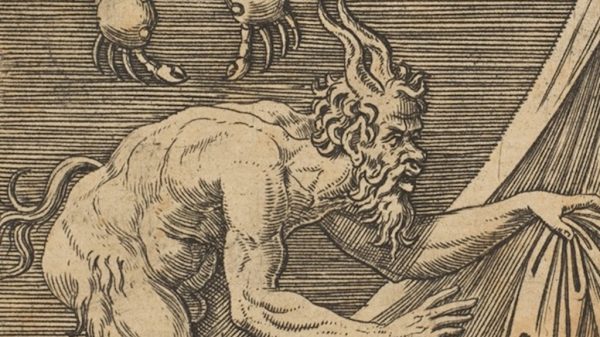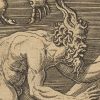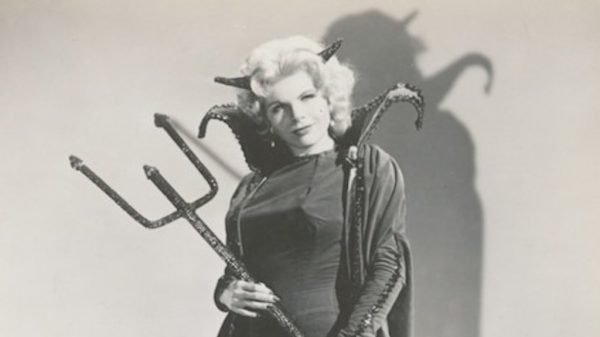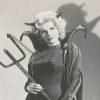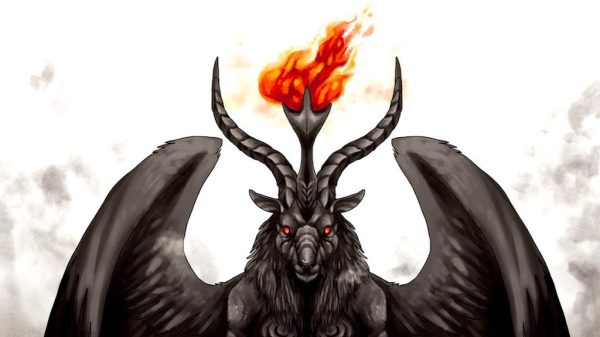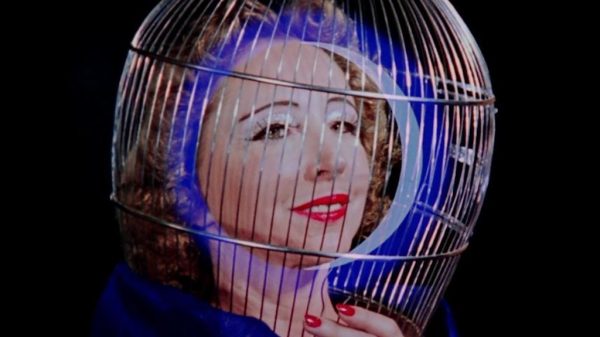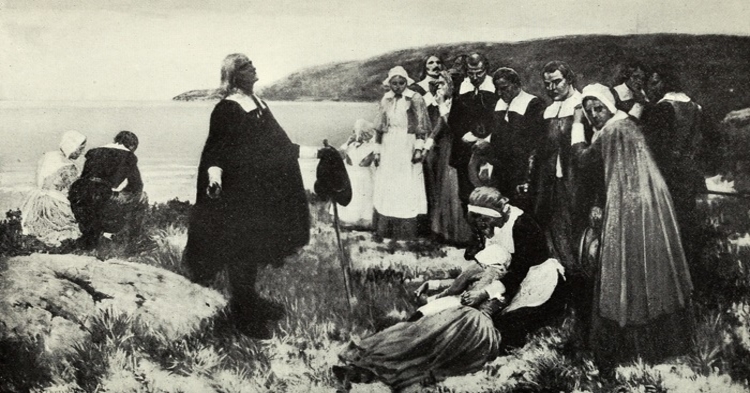
Thirty years before madness consumed the sleepy New England village of Salem, Satan’s hold had already crept into the New World. Colonial America was barely a century in age when demons from the old world crawled into the colonies. From 1647 to 1663, panic, fear, and accusations flew through the pious people of Connecticut Colony like a storm, pitting neighbor against neighbor and bringing death to almost a dozen souls.
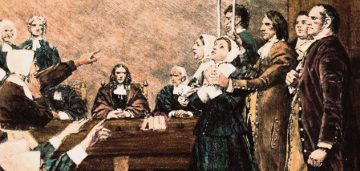
1647, Hartford, New England. A century and a half after the first modern Europeans landed on the distant shores of North America, a witch was put to death. Alse Young was the first accused witch to be executed in the thirteen colonies. Not much is known about Alse. She was probably hanged. She probably died on the grounds of Meeting House Square in Hartford, Connecticut. Why she was accused and by whom are a mystery lost to time. However, it would seem that the witches curse was in the blood. Her daughter, Alice Young Beamon, would be accused of witchcraft in Springfield, Massachusetts, 30 years later.
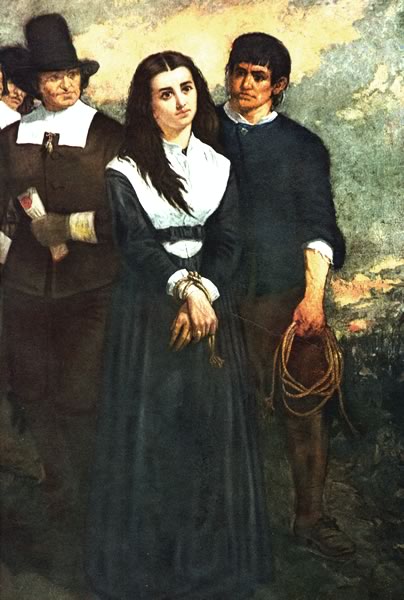
Witchcraft was decreed one of twelve capital crimes by the Connecticut government in 1642. The Puritan colonists cited biblical passages such as Exodus 22:18 “Thou shalt not suffer a witch to live” and Leviticus 20:27 “A man also or woman that hath a familiar spirit, or that is a wizard, shall surely be put to death” as legal precedent.
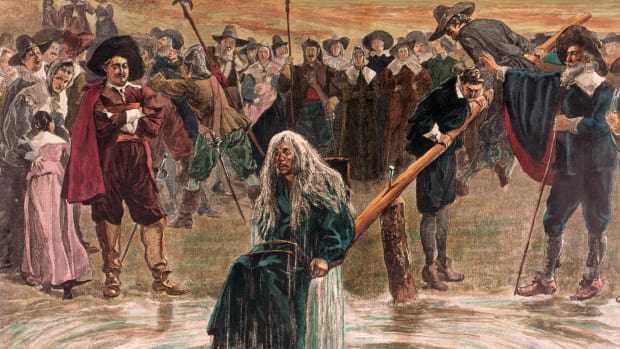
After Alse, at least five other Connecticut colonists would die a witch’s death. Mary Johnson holds the ignoble distinction of America’s first confessed witch. After extensive torture, she confessed to the murder of a child and “familiarity with the devil” as well as to having sexual relations with “men and devils.” She died in Hartford to the pleasure of the spectators, as reported by the infamous minister and witch-hunter Cotton Mather.
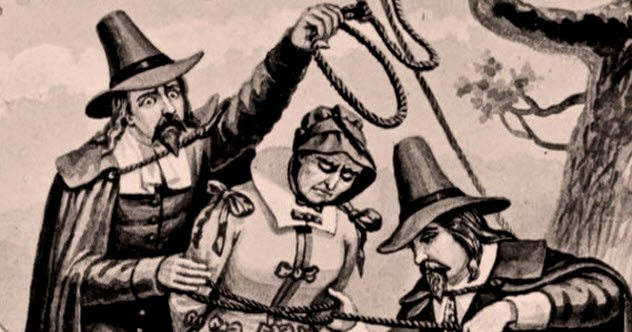
Lucifer and his witches, seemingly, were all over the colony. Hartford alone had four witch-deaths, resulting from a surge of hysteria from 1662-1663. Fairfield was home to its own outbreak of accusations, none of which ended in execution. A Wethersfield town couple, Joan and John Carrington, were both convicted and executed in 1651. Wethersfield appeared prominently in the witch panic, being the birthplace of both a beginning and the end of the Connecticut Witch Trials: it was the home of Mary Johnson, the first professed witch of the ordeal, and of Katherine Harrison. Katherine punctuated the Connecticut witch-mania with her overturned conviction and release in 1670.
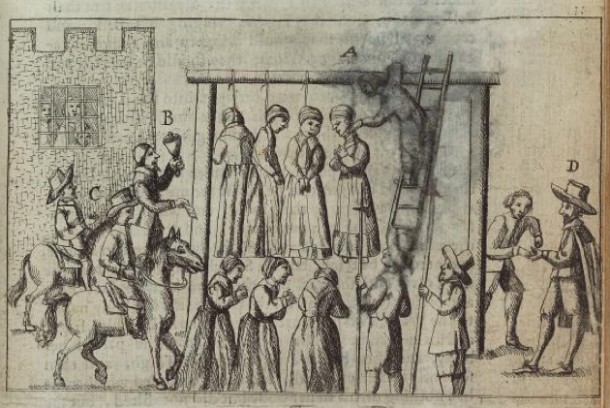
The last witch executions in Connecticut were in 1662, but the Devil and his disciples were far from finished with the colony. As late as 1692, the same year of the Salem Trials, a Samford girl accused half a dozen people of afflicting her. All told, 37 cases were brought to court, and 11 souls were lost to the executioner. Two cases were even recorded in the 18th century. Fortunately, Connecticut’s Governor, John Winthrop Jr, established more objective criteria for witch trials in 1662, requiring at least two witnesses for each alleged act of witchcraft, effectively ending the mass bloodshed. At least for Connecticut, that is.







